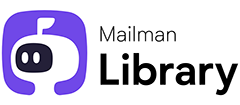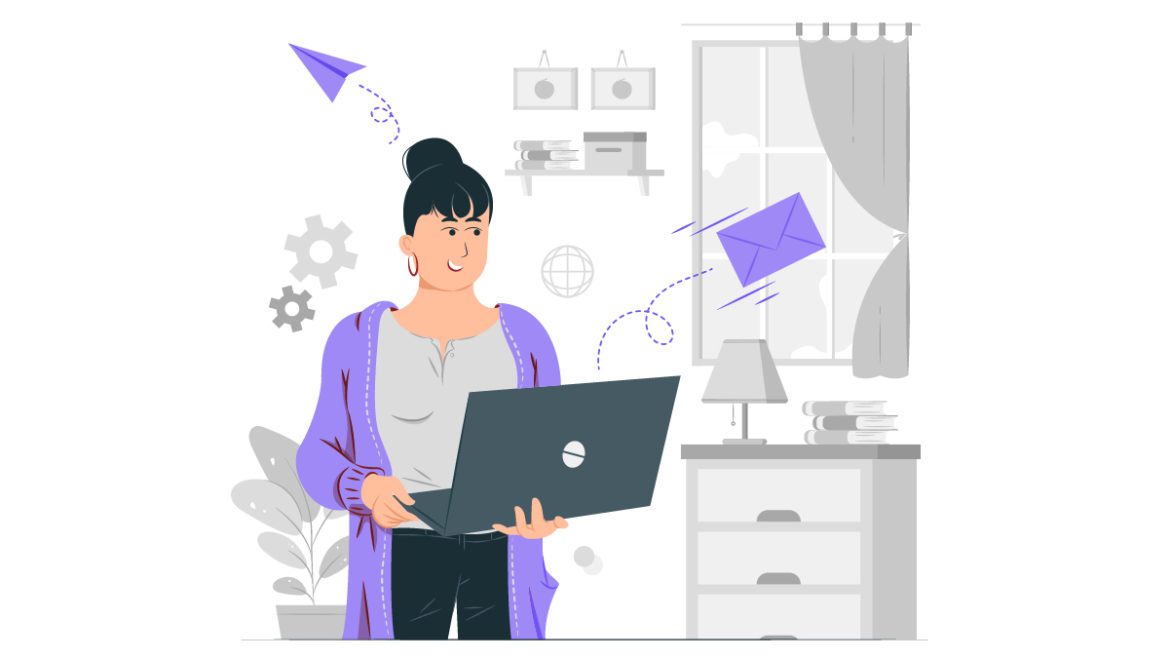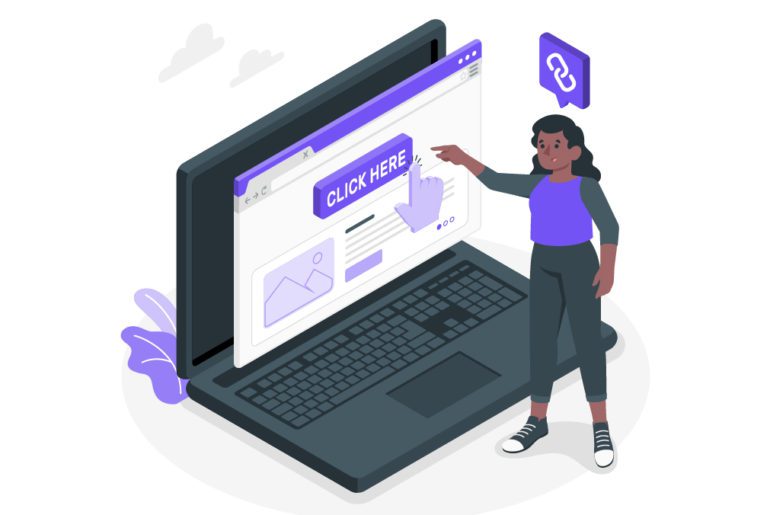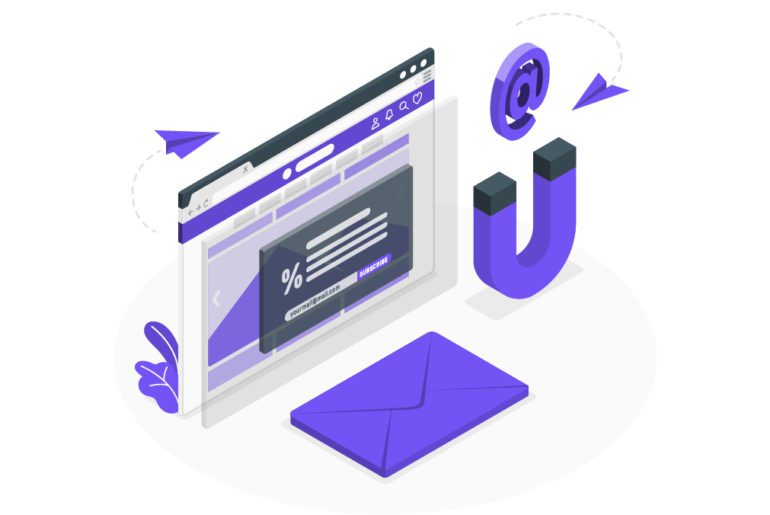Over the past few years, emails have become an important means of communication in the corporate world. Almost everything we do in our professional life has an email footprint on it. As useful as emails are, they can be a great deterrent to your productivity. Thus, learning some email best practices at work is essential to keep our concentration in check.
5 email best practices at work to inculcate

Here are email management strategy strategies that you can inculcate as email best practices at work. These will help you focus at work without letting emails be a distraction.
1. Use the best email management software
Various gmail email management softwares for different purposes are now available. These form a prime foundation for your email management strategy. Tools like Mailmanhq, EmailAnalytics, Gmelius, etc are highly recommended for better email management as email best practices at work. Email management softwares functions independently as an app different from your email software.
Amongst these, Mailmanhq is easily our top pick for gmail email management. It has all the qualities required for easy gmail email management. With features like Do Not Disturb, batch delivery, VIP lists, etc. make Mailmanhq the best email management software for email best practices at work.
2. Control the incoming emails
We receive spam everyday. This may include newsletters and subscriptions- some of which might be actually important to you. These, though not work-related, do need your attention. But do you really read them? Or do they end up sitting in your inbox, too important to delete but not important enough to read? Some questions you need to answer before deciding the fate of your subscriptions to use the email best practices at work are:
- How often do you open them?
- If you do open them, how often do you actually read them?
- If you do read them, how often do you then use them? (whether this means printing it out, sending it to a friend, referencing it in your work, saving it and reading it again later)
These questions can help you decide whether you really need a particular subscription or you can do away with it. Email management tips like these can help you purge your email inbox as email best practices at work.
3. Don’t over organize for email best practices at work
Organizing one’s inbox into manageable folders is the easiest way to achieve gmail inbox zero. But there is such a thing as too much organization. Hence you must follow a step-by-step process to make sure that you do not over-organize and stay near inbox zero. An example of a simple sorting system is noted here:
(1) Choosing the right categories
Depending on the necessary response for an email, the folders could be ‘Respond later’, ‘In process’, ‘Respond immediately’. This is the first step in email best practices at work.
(2) Choosing the course of action
First, figure out for each email if you have to respond immediately, if you need to respond later, or if you don’t need to respond at all. Then, decide your plan of action. If you need to respond soon, put it in a folder labeled “Need to respond to” to maintain it near inbox zero.
If you need to wait longer, send a short response letting the sender know you saw the message and will get back to him or her in X days. Then, file it in another folder labeled “In process.”
(3) Keep up for the email best practices at work
Make your email management easier by naming your folder with specific and clear names. Thus this makes them easily recognizable to sort your emails to stay near inbox zero.
4. Respond now or never
With so many emails needing our attention, it can be difficult to prioritize one’s response. But does this mean you must reply to all emails you receive as email best practices at work? No! By responding, we mean you need to not leave any email unattended. These responses could be:
- Reply to the email if it will take you less than a minute, or requires no other action.
- If it needs a quick action in order to reply to it, do it right away or star the email to pay attention to it at the earliest.
- If the email will require a longer task to reply to, star it or move it to a ‘respond to later’ folder.
These responses make sure that no email is left untouched or unattended. Thus you are always up to date as you use email best practices at work, without compromising on your productivity.
5. Get on a schedule
The time you put into your making and maintaining a schedule is what affects an email management strategy the most. You must have pre-decided time periods cut out of your day to check into your inboxes. It is necessary to avoid checking your emails outside of these time windows to use email best practices at work.
An email management software called Mailmanhq, makes its need felt here. It has a unique feature called Do Not Disturb which lets you set a particular time period when you do not wish to receive any email. Thus Mailmanhq makes sure that your inbox does not disturb you as your productivity increases. Thus it helps you on your way to reaching Merlin Mann Inbox zero as you use email best practices at work.
Email best practices at work for better workplace productivity
Workplace productivity or employee productivity are two concepts that are very important when it comes to an employee’s success. As emails can both make or break one’s career, email best practices at work are very important habits to keep. The above email management tips can prove instrumental in helping a more focused work without missing out on important emails.
FAQs
On average, it will take you 64 seconds to return to work after checking your email. That equals hours of lost productivity per day.
Well-written emails enable you to communicate clearly and ensure clarity of information.
1. Set email management schedules.
2. Sort emails into folders using appropriate filters.
3. Use flags and stars to mark important emails.
4. Convert actionable emails into a to-do list.
5. Delete or archive emails once you are through with them to reach inbox zero.
Emails if not well written can cause miscommunication. Also, the recipient of an email might misinterpret an email and cause confusion.


![10 Best Email Organizer Apps [Tried & Tested] email organizer app](https://library.mailmanhq.com/wp-content/uploads/2021/05/The-3-Best-email-Organizer-app-For-C-level-Executives-770x515.jpg)

